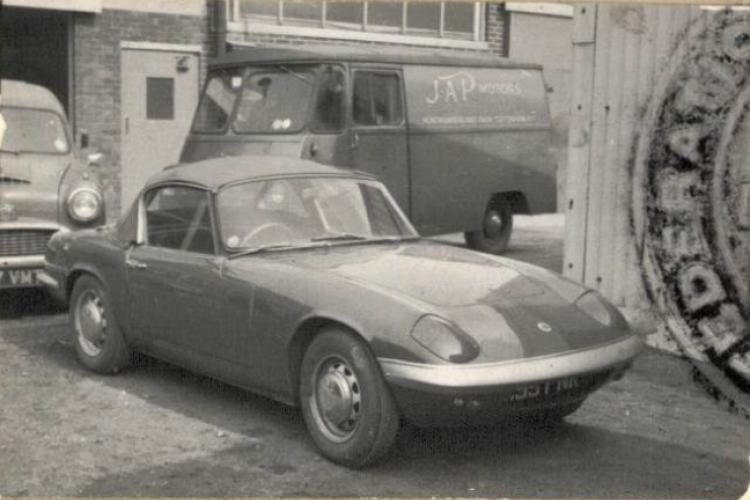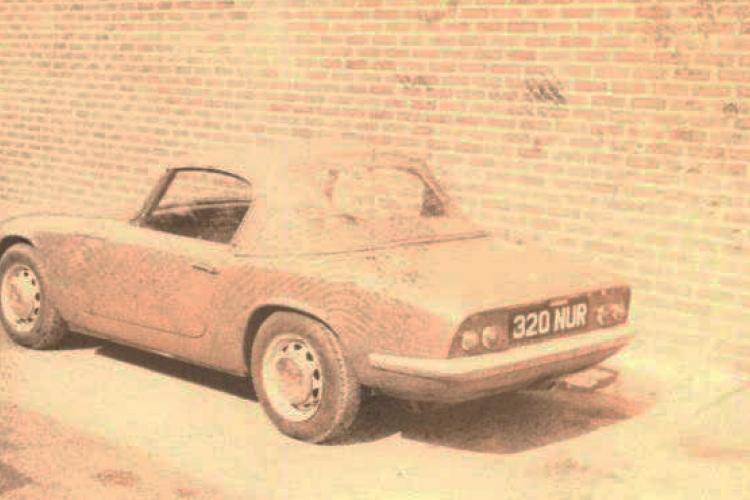As per Art. 4.1.4 to FIA Appendix K: For any homologated car, the HTP must be accompanied by an ASN certified copy (printed on FIA stamped/watermarked paper with an ASN additional authentication) of the car’s original Homologation Form or a ASN certified copy (printed on FIA stamped/watermarked paper with an ASN additional authentication) of the car’s Retrospective Homologation Form.
None of the forms available on this website will be recognised as valid on an event, this is for consultation only.
Lotus Elan
Description
Officially presented at the British Motor Show in London in October 1962, the Elan is the first Lotus to have been mass produced. It succeeded the Elite, without however adopting its fiberglass monocoque concept. The Elan is characterised by its steel backbone chassis, onto which an aerodynamically shaped fiberglass bodyshell was grafted, designed by Ron Hickman. When it came out, the Elan was a technologically innovative car, thanks to its chassis, its four-wheel independent suspension, its four-wheel disc brakes with dual-piston calipers and its pop-up headlamps. The very first Elans were equipped with a twin-cam Ford 1498cc engine, which was however swiftly replaced by a Ford 1558cc engine, surmounted by a cylinder head designed by Lotus, developing 105 hp. It is with this engine that the Elan was homologated in the GT category in May 1963. The first version of the Elan (called “Type 26 S1”) was produced in around 900 units from 1962 to 1964. All of them were roadsters (Drop Head), and a hard top became available from 1963. In 1964, Lotus launched the second version of the Elan (referred to as “Type 26 S2”), which was an improved S1: a veneer dash, larger front brake calipers, lockable glovebox, new rear lights and, as an option, centre-locked wheels. A little over 2,000 units of the S1 and S2 were produced, of which 97 versions were specifically produced for competition and called “26R”. These “26Rs” benefitted from a lighter chassis, improved brakes, hard top and cowled headlamps, instead of the popup headlamps.



